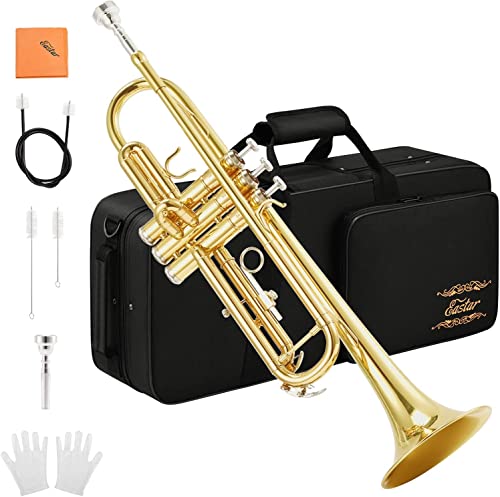Long Tones
Long tones are a fundamental exercise for trumpet players of all levels. They’re a great way to build up endurance, improve tone quality, and increase range. Start on a comfortable note and play a steady, full sound for as long as you can hold it. Focus on maintaining good breathing and embouchure control. Gradually increase the length of the note and the range of the note as you get more comfortable.
Lip Slurs
Lip slurs are another essential exercise for trumpet players. These exercises help build up strength in the embouchure and improve flexibility. Start with simple two-note slurs and gradually work your way up to more challenging intervals. Focus on playing with a smooth and even sound, and try to keep the lips relaxed and the air flowing freely.
Articulation Exercises
Articulation exercises are important for developing clear and precise tonguing. Start with simple patterns using single tonguing and then progress to double and triple tonguing. Make sure to practice both staccato and legato tonguing, and focus on playing with a clean and crisp sound.
Scales and Arpeggios
Practicing scales and arpeggios is a great way to improve your overall technique on the trumpet. Start with easy keys like C and G and then gradually add more sharps and flats. Focus on playing with a smooth and even sound, and try to keep the air flowing steadily through the instrument. Practice both ascending and descending patterns.
Sight Reading
Finally, sight reading is a crucial skill for any trumpet player. It’s important to be able to read and play music on the fly, especially if you’re playing in a band or orchestra. Practice sight-reading exercises with a variety of music styles and difficulty levels. Focus on playing with good rhythm, intonation, and expression.






